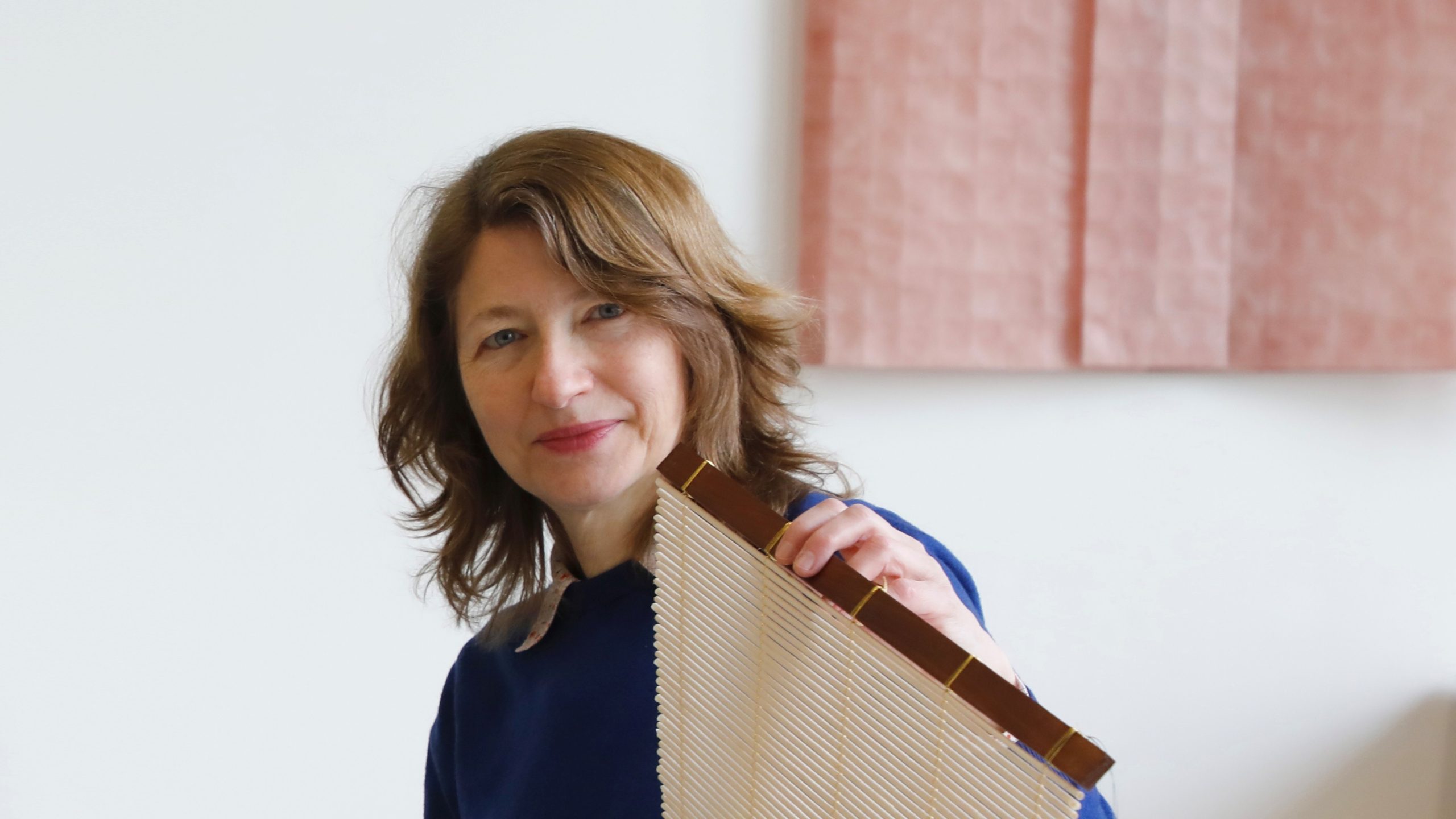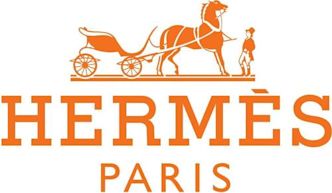Laurel Parker
Designer artisan
January-March 2026

- Craft & Design
- New Orleans
“In New Orleans, Laurel Parker will focus on the traditions of Carnival throws to propose sustainable paper alternatives inspired by Japanese washi and blending local craftsmanship, memory, and festive ecology.”
My work has always revolved around two axes : films and books. After studying filmmaking in school, artists books were a natural progression — it’s another way to tell a story, but tactile, with paper and ink. Having grown up in New Orleans, a former French colony, I naturally grativated to France, a place that loves and encourages arts and crafts. Working in collaboration with artists to make books and objets inspired me to start publishing artists’ multiples, and then to create paper objects for interior design. My time in residency at the Villa Kujoyama in Kyoto allowed me to study how everyday objects were made in Japan before the invention of plastics, using washi : paper using special local plants. It is my wish to use my knowledge of paper to study what can be developped for carnaval in Louisiana that encourages using paper, recyclying, and local artisanal fabrication.
Laurel Parker is a French-American designer and artisan based in Paris. She is the founder and artistic director of Laurel Parker Book, a studio that designs books, boxes, and paper works. She holds degrees in fine arts from the School of the Museum of Fine Arts, Boston, and Tufts University. In 2019 she was laureate of the Villa Kujoyama, with Paul Chamard, with research project on washi. She was named an Exceptional Artisan by the Remy Cointreau Foundation and is member of the Skills Academy 2025 : Paper, of the Fondation d’entreprise Hermès.
I was born and raised in New Orleans. Like all children who have grown up in this beautiful city, Carnaval was a very important annual event in my childhood : the spectacle, the lights, the costumes, the music, the “throws”. Since the 1960’s, expensive glass bead necklaces were replaced by much cheaper synthetic resin plastic beads produced in Asia, opening the flood-gates to a glut of plastic gifts thrown to the crowds by the millions. This has become a well-documented environmental disaster, producing 1500 tons of plastic waste every year, and costing the city over a million dollars in clean up fees annually. The plastic beads are not bio-degradable, cannot be repaired or recycled. In addition, the pollution created to produce, ship, and destroy these plastic beads is not sustainable.
Paper has had a rich tradition in New Orleans culture as a material to create floats and gifts for festivals. Floats have been made locally since the 19th century using paper mâché techniques. At the St Patrick’s / Irish Day Parade and the St Joseph’s Day parades in March, paper flowers are given along the parade route to revelers. These flowers were traditionally made by the marchers’ and their families out of tissue paper using origami techniques.
In a wish to help reduce the synthetic resin plastic waste created by Carnaval in New Orleans, I would like to work with local youth groups to look for new design solutions that will involve local history, local artisans, and look to upcycled or recycled materials. By creating new gift traditions with an eye on local history, I hope to encourage this young generation to think differently about sustainable design, fabrication, and waste management.
Carnaval is a time to celebrate, collectively, with a very public spectacle of music, dance, costuming, and gift giving. It seems strange that this tradition, born of religious rituals, would now also represent an ecological disaster and involve sweatshop labor. What does this say to the world about the City ? What does this say to the children of a city with such a heavy history of slave labor and of poverty ?
Before Mardi Gras was marketed as a destination for tourists, it was festival by and for the local population. How do the people of New Orleans today wish to celebrate, and with what consequences ?
I will be looking for inspiration from both old and new traditions by delving into local archives such as the Historic New Orleans Collection (HNOC) and by visiting with local carnaval Krewes new and old, What do the Krewes buy or make ? Would they like to collaborate with schools or local artisans ? Could programs such as 1% artistique (percent-for-art in France) inspire us to find solutions little-by-little to these ecological and socio-economique problems ?
In partnership with

Hermès
Since 1837, Hermès has remained true to its artisanal model and humanist values. The freedom to create, the constant search for the finest materials, the transmission of excellent know-how, all of which enable the creation of useful, durable and elegant objects, forge the uniqueness of the Hermès House. Family-owned, independent and responsible, the company strives to keep most of its production in France, at its 54 production sites, while developing an international distribution network with 300 stores in 45 countries.

Fondation Bettencourt Schueller
As a family foundation and a public-interest foundation at the same time, the Fondation Bettencourt Schueller has chosen to “take talents to the top” to contribute to France’s success and influence.
To this end, the Foundation seeks, selects, supports and promotes women and men who are rethinking our future in three fields that make a tangible difference to the common good: life sciences, the arts and an inclusive society.
With a philanthropic mindset, the foundation takes action through prizes, donations, personalized support, effective communication and co-created initiatives.
Since the foundation was founded in 1987, it has awarded prizes to 676 laureates and supported more than 1,400 projects led by talented individuals, teams, associations and organizations.
For more information: www.fondationbs.org | Twitter: @Fondation_BS | Instagram: @fondationbettencourtschueller | Facebook: @BettencourtSchuellerFoundation | #TalentFondationBettencourt


